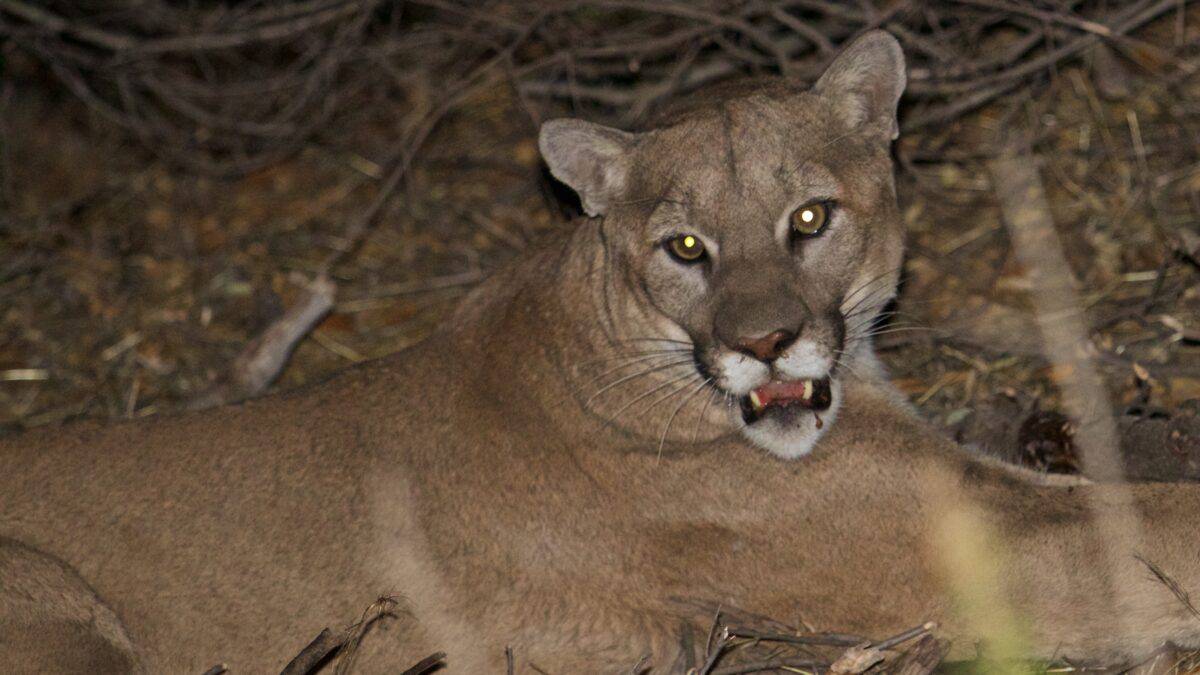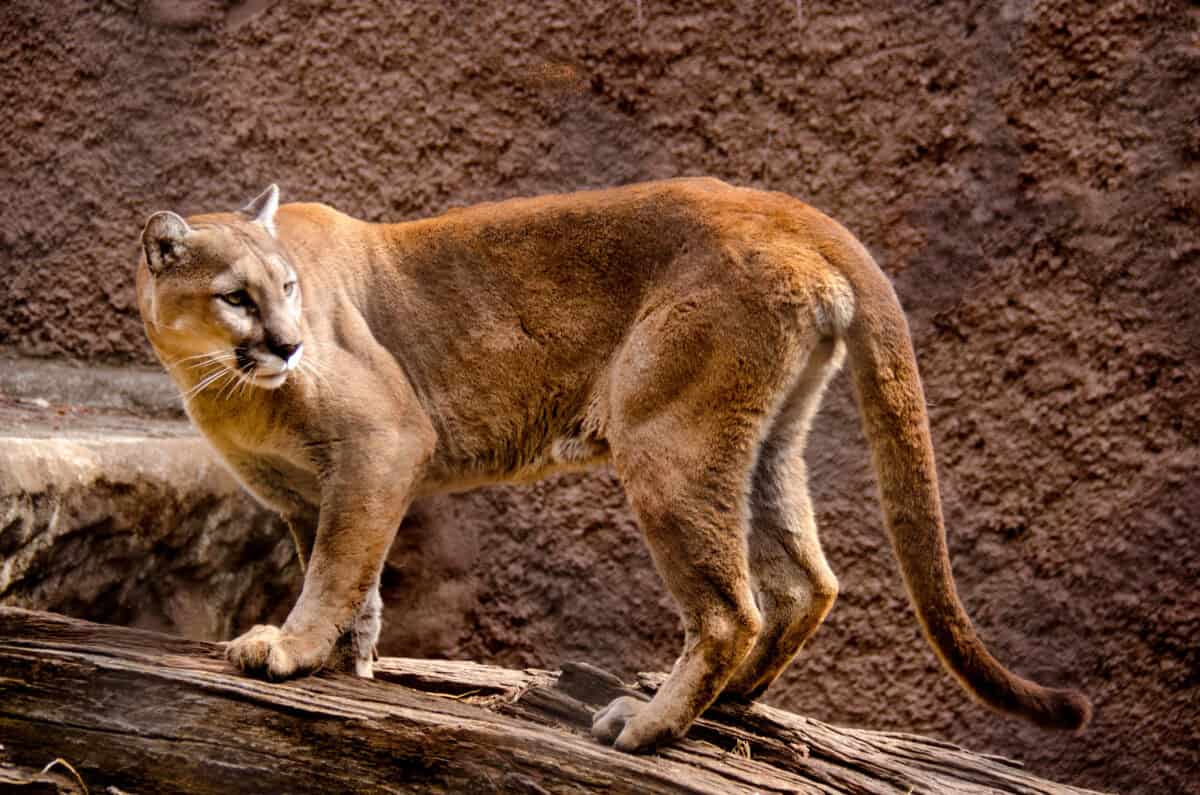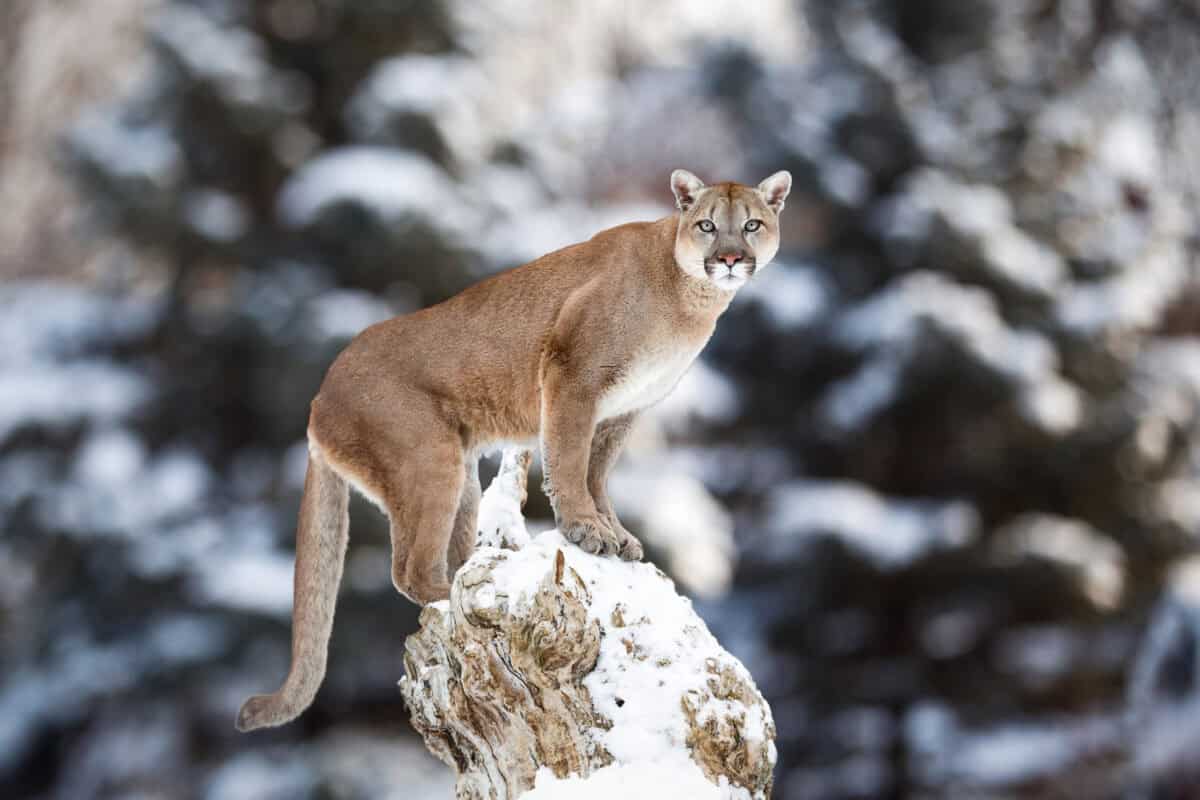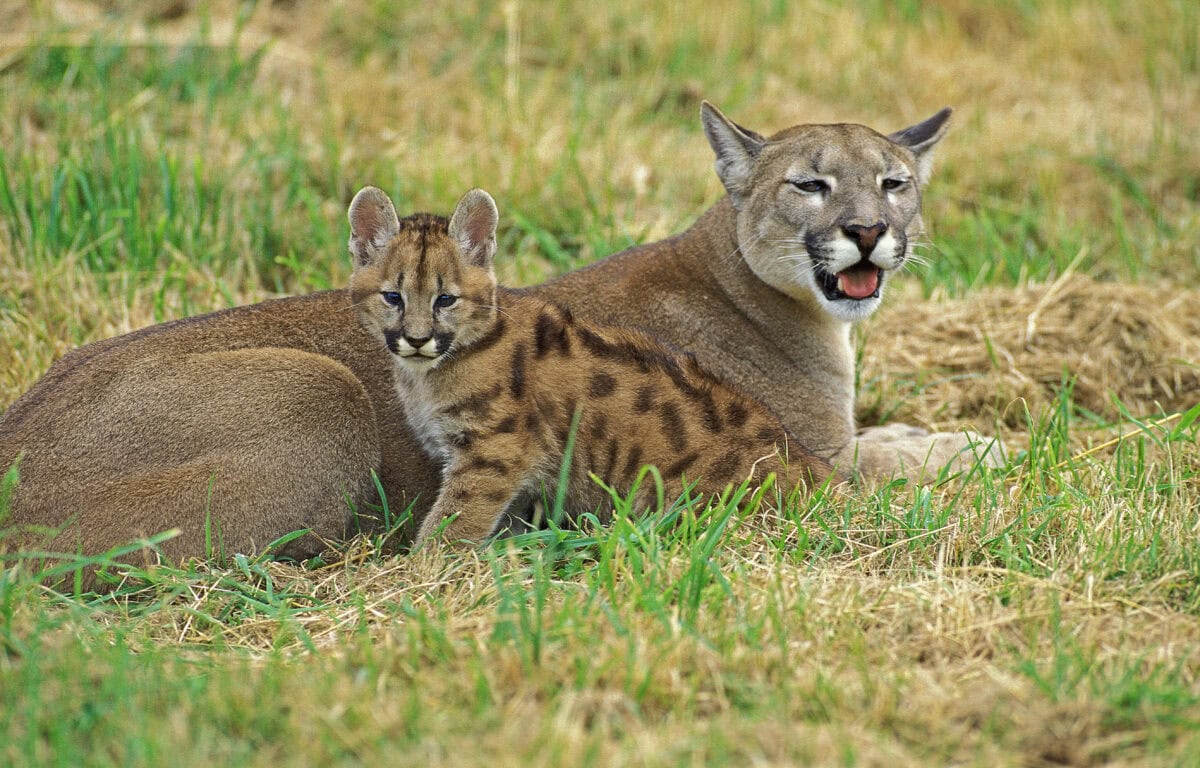Mountain lions, also known as cougars or pumas, are majestic yet elusive creatures that evoke both awe and curiosity. These top predators are crucial to the ecosystem, and understanding them can help us coexist peacefully. One of the most fascinating tales in recent years is the story of the largest mountain lion ever tracked in Colorado. This article will explore the intricacies of this remarkable cat and offer a broader understanding of these fascinating animals.
Introduction to Mountain Lions

Mountain lions (Puma concolor) are widespread across various geographical regions in the Americas. Known for their remarkable adaptability, these big cats can thrive in a variety of environments, from dense forests to arid deserts. Understanding their behavior, physiology, and role in the ecosystem provides insights into their intriguing existence.
Significance of Tracking Mountain Lions

Tracking mountain lions is essential for conservation efforts and understanding their interactions with human activities. By equipping these animals with GPS collars, researchers can gather data on their movement patterns, habitats, and behavior. This data is invaluable in developing strategies to minimize human-wildlife conflicts.
The Records and Findings

In recent years, a remarkable discovery was made in Colorado—a mountain lion, identified as the largest ever recorded in the state. This massive cat has captured the attention of wildlife enthusiasts and researchers alike, highlighting the impressive dimensions these creatures can reach under the right conditions.
Physical Characteristics of the Record-Breaking Mountain Lion

The largest mountain lion tracked in Colorado displayed impressive physical characteristics, boasting exceptional size and weight. Typically, male mountain lions in the state weigh between 140 to 180 pounds, but this particular lion shattered these norms, emphasizing the diversity and potential these predators hold in the wild.
Understanding the Lion’s Habitat

The habitat that supported the largest tracked mountain lion in Colorado is characterized by a rich diversity of prey and topographical features that facilitate the predatory lifestyle. These environments not only provide sustenance but also ensure a natural cover that mountain lions utilize for hunting and navigation.
Factors Influencing Size in Mountain Lions

Various factors can influence the size of mountain lions, including availability of food, genetic traits, and environmental conditions. Ample prey and reduced competition can allow some individuals to grow larger than average. Additionally, genetic predispositions play a significant role in determining size.
Behavioral Insights and Interaction With Humans

Mountain lions, although possessing a powerful predatory instinct, generally avoid human interaction. Their elusive nature helps reduce confrontations, although understanding their behavior can further aid in mitigating any potential encounters. The largest lion tracked in Colorado displayed typical solitary and stealthy behavior.
The Role of Ecosystems and Biodiversity

Mountain lions play a critical role in maintaining the health and balance of ecosystems. By controlling prey populations, they prevent overgrazing and encourage biodiversity. This balance supports various other species and helps to preserve the natural integrity of their habitats.
Conservation Efforts in Colorado

Conservation efforts in Colorado focus on preserving mountain lion habitats while ensuring public safety. These initiatives involve community education, habitat restoration, and strategic tracking, all of which contribute to a harmonious coexistence between humans and wildlife.
Lessons Learned From Tracking the Largest Mountain Lion

The experience of tracking the largest mountain lion in Colorado has provided valuable lessons. It emphasizes the importance of continuous monitoring and research to understand wildlife dynamics better. It also highlights the need for inclusive conservation strategies that account for the complexities of wild ecosystems.
Future Prospects for Mountain Lion Research

Future research possibilities are expansive, particularly as technology evolves and provides new methods for studying mountain lions. Enhanced tracking devices, analytical tools, and collaborative conservation efforts promise a more profound understanding of these incredible animals and their environments.
Conclusion

The tale of the largest mountain lion tracked in Colorado showcases the awe-inspiring nature of these magnificent animals and underlines their importance within the ecosystem. By continuing to study and respect these creatures, humans can forge a path of coexistence that benefits both nature and communities. As we expand our knowledge, efforts to conserve these powerful predators will not only protect them but also enrich our natural world.
- Do Sharks Really Have to Keep Swimming to Stay Alive? The Truth Revealed - August 19, 2025
- New York’s Peregrine Falcons – The Fastest Birds in the World - August 19, 2025
- Why This Lightning Strike Broke All Records in US History - August 19, 2025

